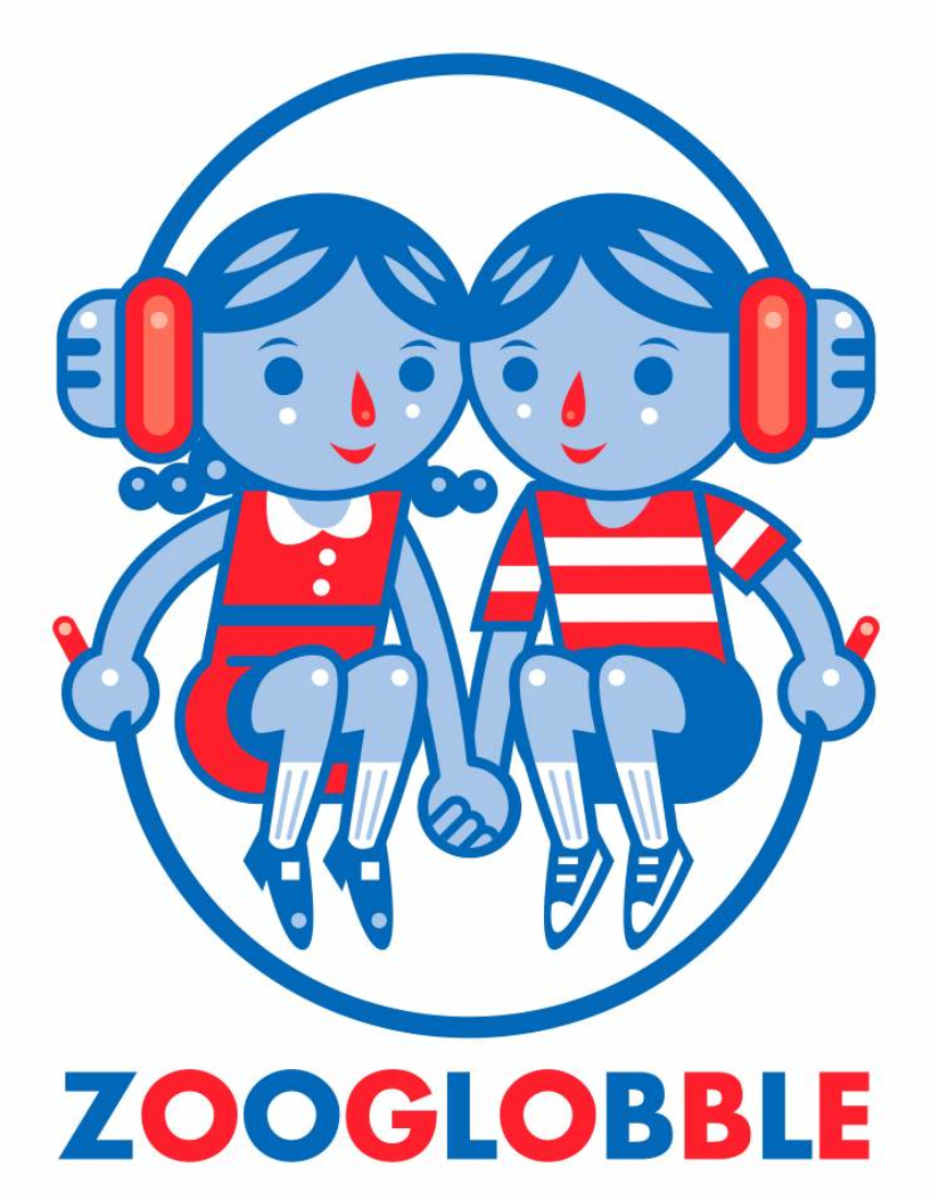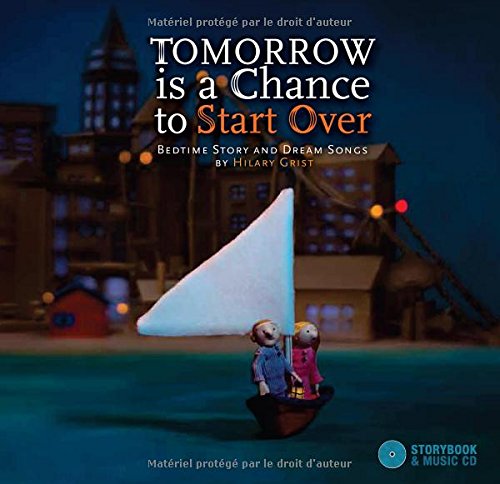One of the kids musicians who most successfully employs a bilingual approach in his music is the Massachusetts-based (most of the time) Ben Gundersheimer, or as lots of kids know him, Mister G. Over the course of seven albums, his music's become more complex, taking on the flavor of Latin American sounds and rhythms. Lyrically, he easily moves between English and Spanish (and back... and back again).
On his forthcoming eighth album for kids, Mundo Verde / Green World, Mister G takes those multicultural rhythms and lyrics in service of environmental concerns. All of which could be dull, but watch this new video for the album's title track, filled with a bunch of skilled instrumentalists who happen to be animals and slick kinetic typography, and I'm pretty sure your mood will lift as you bop along. (The illustrator in charge? Marcos Almada Rivero.)
After you watch the video, make sure you scroll down further for a quick, bonus interview with Mister G about the motivation for the album, memories from recording it, and more about his upcoming book series with Penguin Random House!
Mundo Verde / Green World (the album) is out September 15, 2017.
Mister G - "Mundo Verde/Green World" [YouTube]
Zooglobble: What motivated you to make a “green”-themed album now?
Mister G: Mundo Verde/Green World is my eighth album for children and families, but I've been writing about nature and eco-activism from the beginning. My first CD actually had several songs with explicit environmental themes ("Don't Waste Stuff" "Mister Chubby Pants" "Squirrels"). To me, there is no issue more important than working together to protect this one and only planet we share. Now more than ever, I think it's important that we inspire kids and families to enjoy the beauty of nature, but also to do all we can to insure a healthy green world for future generations.
Any favorite memories from the recording process?
That's a tough one! I was incredibly fortunate to record with so many phenomenal Latin musicians all over the world on this project. If I had to pick one experience, it would be recording the song "Gozar/Enjoy" in the Dominican Republic with the great merengue band, 440. It was an unforgettable experience to work with these great artists (and wonderful people) in their studio in Santo Domingo.
How do you pick animators for your videos?
We love working with our talented friends from different parts of the world. Many of our videos ("The Bossy E", "Cocodrilo", "Siete Elefantes") have been done by a great husband/wife team of Argentinians who are based in Barcelona. The "Mundo Verde/Green World" video was made by our friends in Oaxaca, Mexico. The illustrator, Marcos Almada Rivero, created the beautiful art for our last two albums, "Los Animales" and "Mundo Verde/Green World."
What can we expect from the books you’re creating?
The books we have coming out through Penguin Random House are based on my songs. In each case, I adapted the original song and created more of a narrative. The first book, "Señorita Mariposa," is about a monarch butterfly who is flying from the US to her winter home in the mountains of Michoacán, Mexico. Happy to announce that Marcos Almada Rivero is illustrating the book!






















